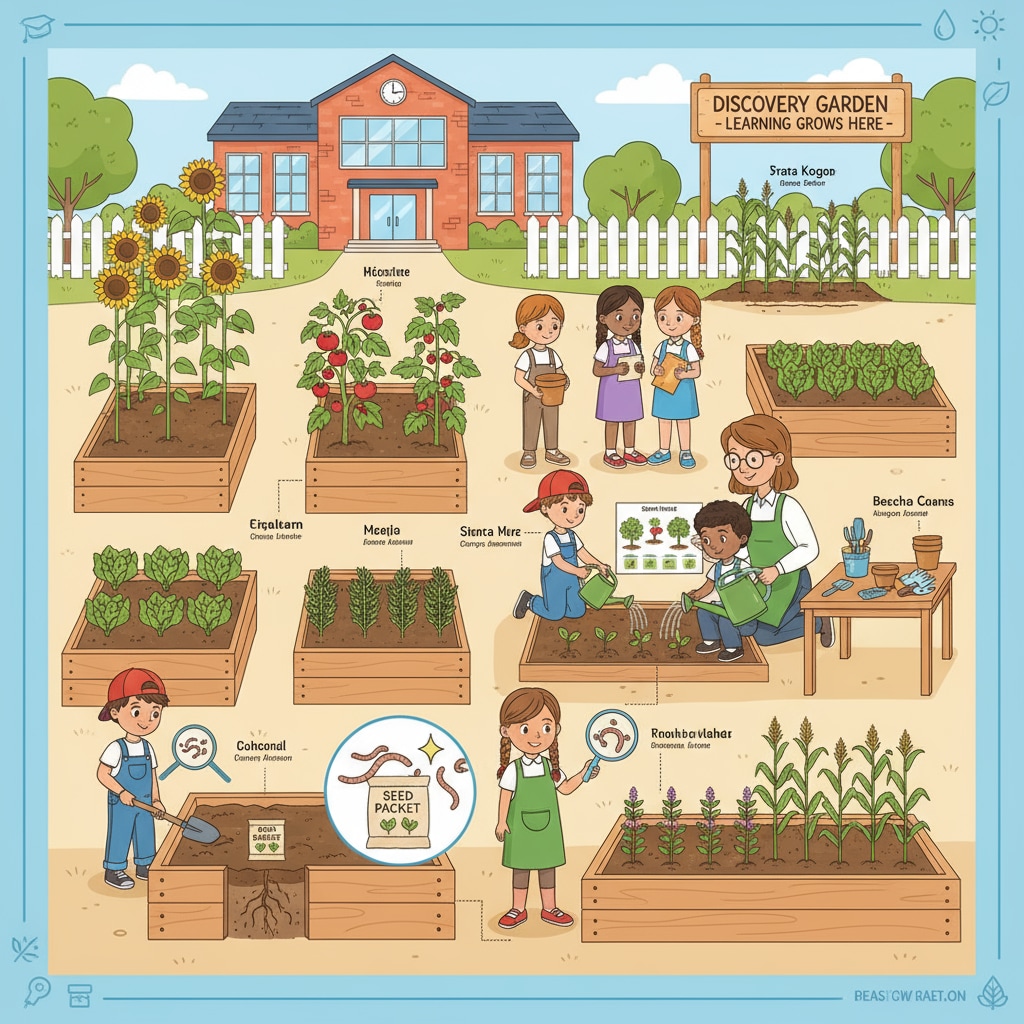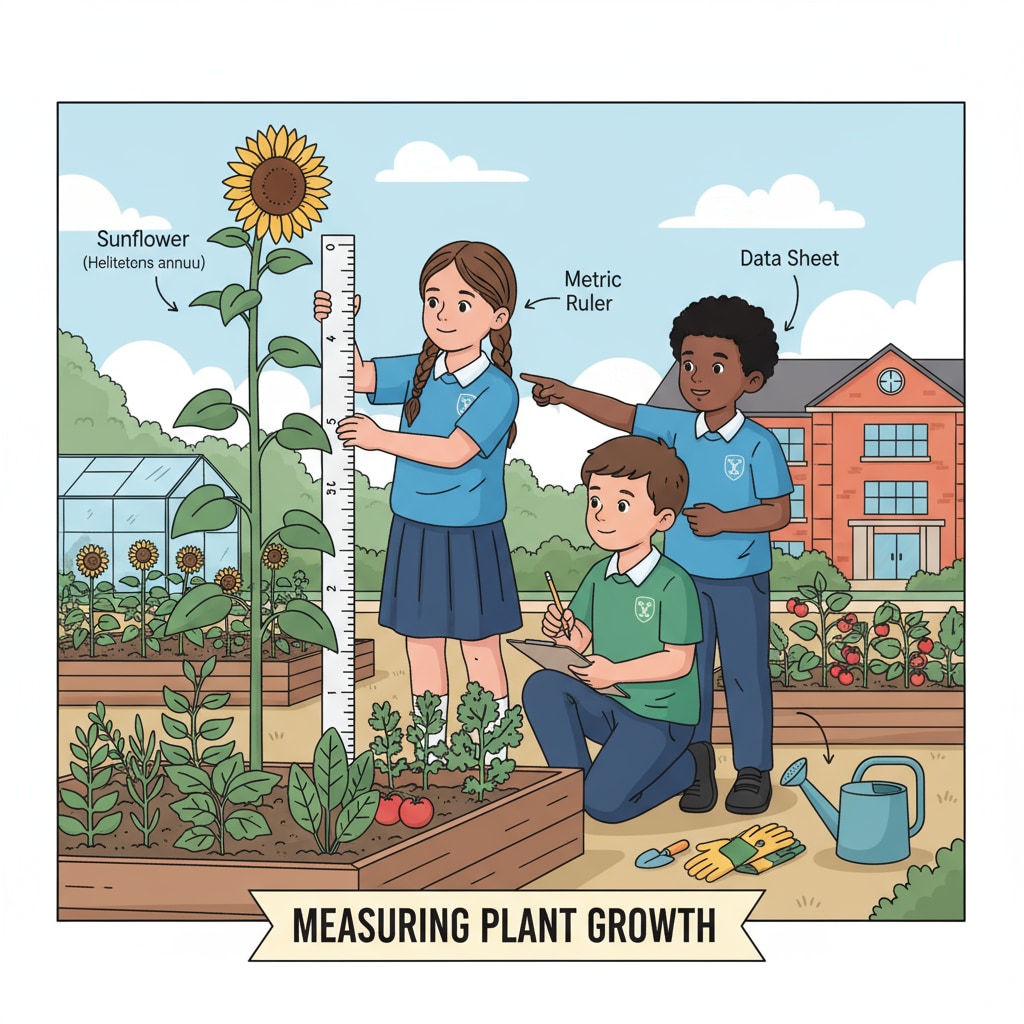School gardens, hands-on teaching, and student development are intricately linked components in the modern educational landscape. A school garden is not merely a patch of greenery on campus; it’s a dynamic and living platform for learning that can reshape the future of K12 education.

For instance, students can learn about plant life cycles, soil composition, and the importance of pollinators while actively participating in gardening tasks. This hands-on approach goes beyond traditional textbooks and lectures, making learning more engaging and memorable.
The Multifaceted Value of School Gardens in Education
School gardens offer a wealth of benefits for academic growth. In science classes, students can conduct experiments on plant growth, observing how different variables like sunlight, water, and soil nutrients affect the development of plants. According to Britannica, this practical exposure enhances their understanding of scientific concepts. Moreover, in language arts, students can write creative stories or descriptive essays inspired by the beauty and biodiversity of the garden. In addition, the garden can be used to teach math, such as calculating the area of a garden bed or measuring the growth rate of plants.

Social and Emotional Development through School Gardens
School gardens also play a crucial role in students’ social and emotional well-being. Working together in the garden promotes teamwork, communication, and cooperation among students. They learn to share responsibilities, support one another, and resolve conflicts. As a result, students build stronger relationships with their peers and teachers. Additionally, being in a natural environment has a calming effect on students, reducing stress and anxiety. Spending time in the garden can boost self-esteem as students see the fruits of their labor and take pride in their achievements.
Furthermore, school gardens are an excellent platform for cultivating environmental awareness. Students can learn about sustainable gardening practices, composting, and the importance of protecting local ecosystems. This exposure instills in them a sense of stewardship towards the environment, encouraging them to make more sustainable choices in their daily lives. Overall, school gardens have the potential to create well-rounded individuals who are academically proficient, socially responsible, and environmentally conscious. Wikipedia also emphasizes the role of experiential learning in promoting holistic development.
Readability guidance: The paragraphs above are kept short to enhance readability. Lists are not used here as the content is more narrative, but ideas are presented clearly. Passive voice is avoided, and transition words like “moreover”, “in addition”, “additionally” are used to connect ideas smoothly. Each H2 section focuses on a key aspect of the role of school gardens in education, with the first H2 highlighting academic value and the second emphasizing social and emotional development.


